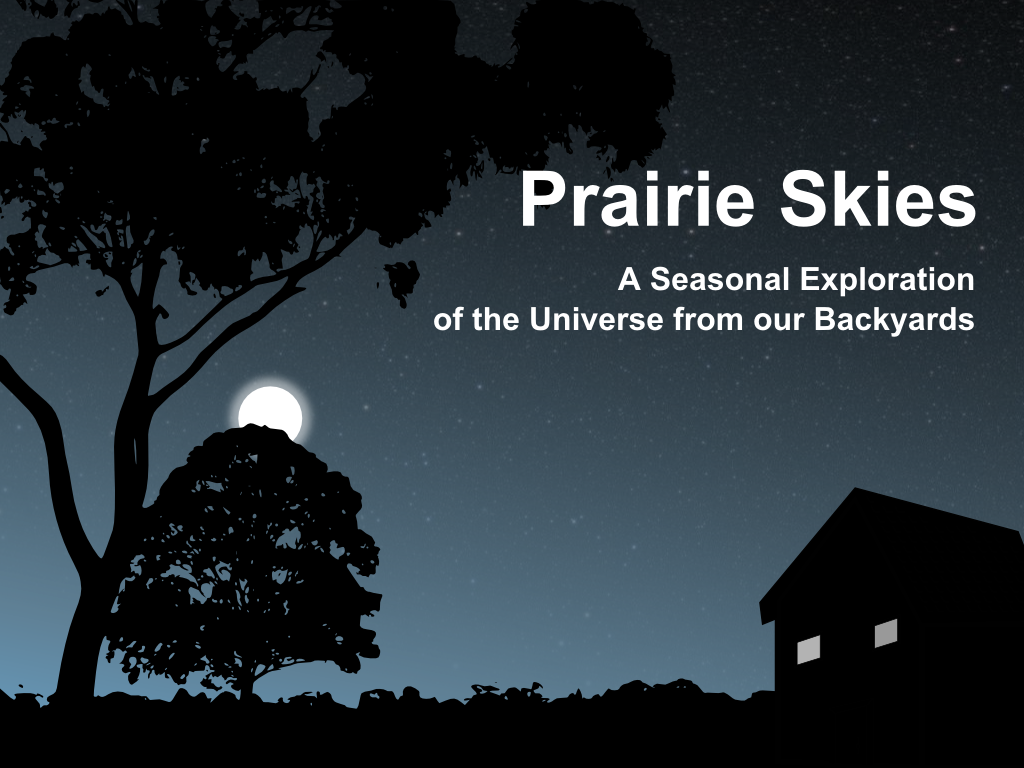
SPRING PRAIRIE SKIES
A live‑narrated tour of the wonders of tonight's sky, accompanied by some of the legendary stories of the ancient sky. Find out what constellations and planets are visible tonight and how to find them. This show is updated seasonally and is intended for all ages.
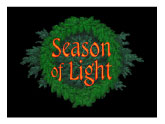
SEASON OF LIGHT
Season of Light traces the history and development of many of the world's December holiday customs, all of which involve lighting up the winter season. Season of Light also recounts the historical, religious, and cultural rituals practiced during the time of winter solstice—not only Christian and Jewish, but also Celtic, Nordic, Roman, Irish, Mexican, and Hopi. It also looks at some of our more light-hearted seasonal traditions.
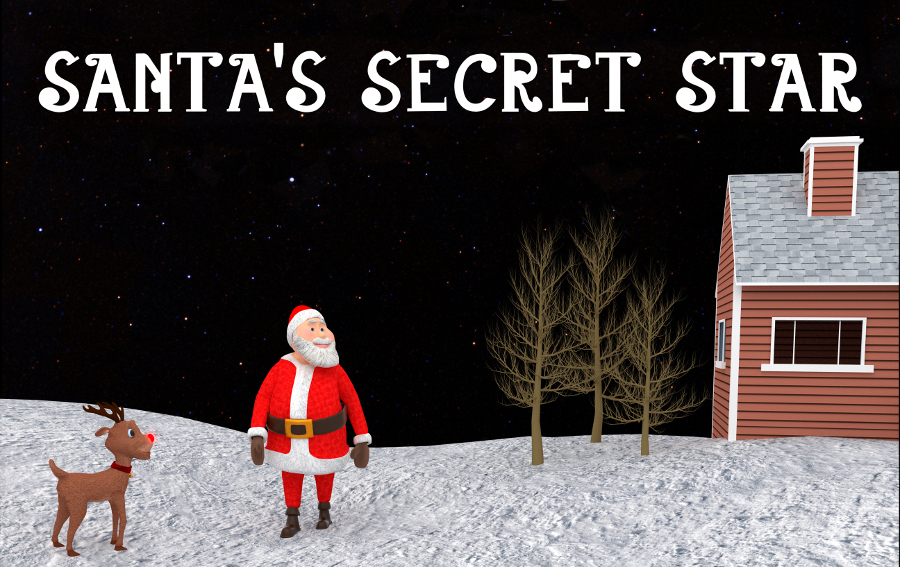
SANTA'S SECRET STAR
How will Santa find his way home? You, too, can find Santa's secret star in the sky in this holiday show about the winter sky. Learn about the North Star and how the sky changes as we travel northward.
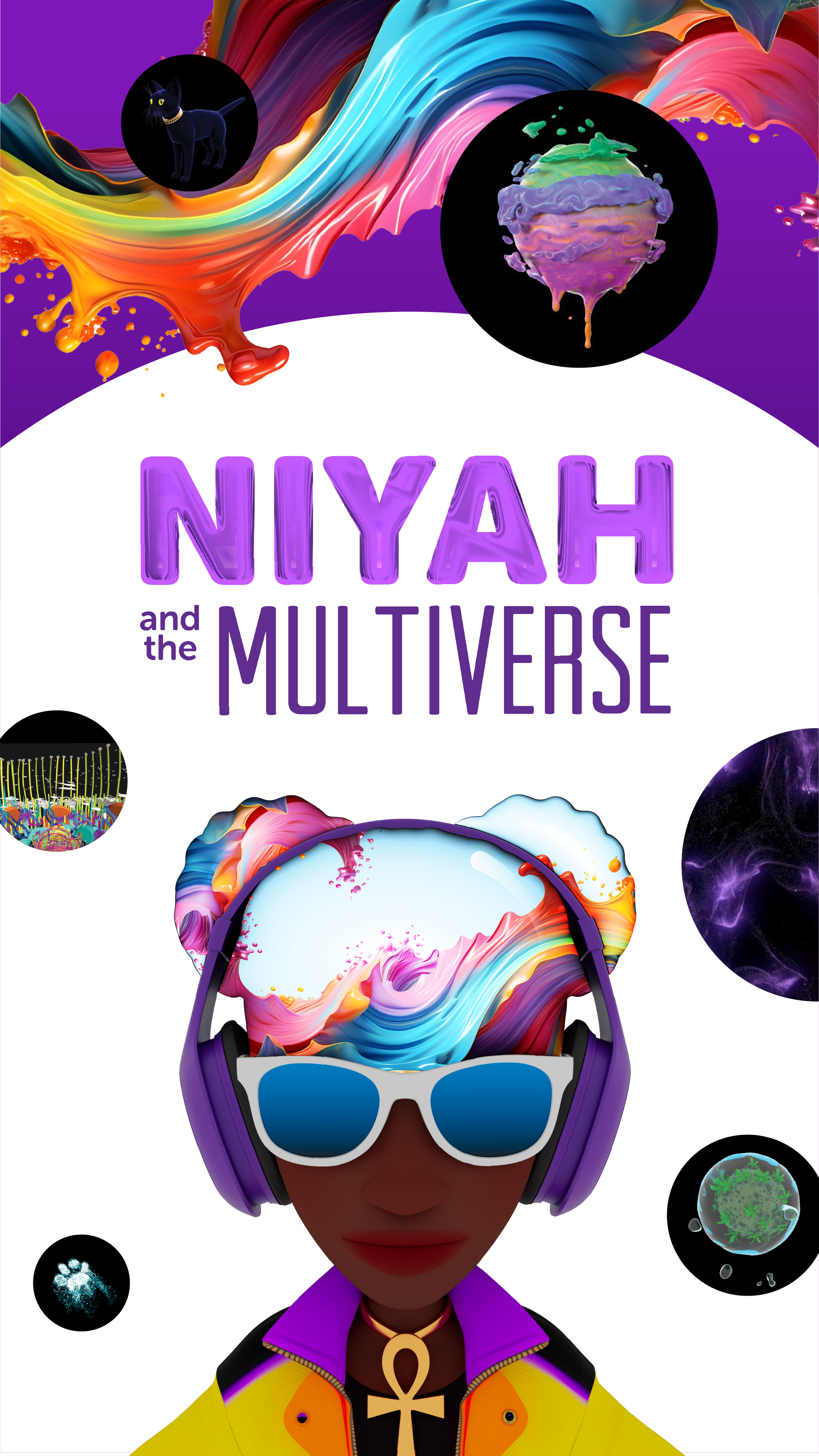
NIYAH AND THE MULTIVERSE
Follow Niyah, an imaginative Chicago preteen, on a visually stunning Afrofuturist journey through the multiverse! If there are countless other universes out there, where does Niyah fit in? What about you? Find out what shape your shadow matter might take and get inspired to dream up multiverse theories of your own. Produced by the Adler Planetarium, and licensed thanks to support from the Friends of the Staerkel Planetarium.
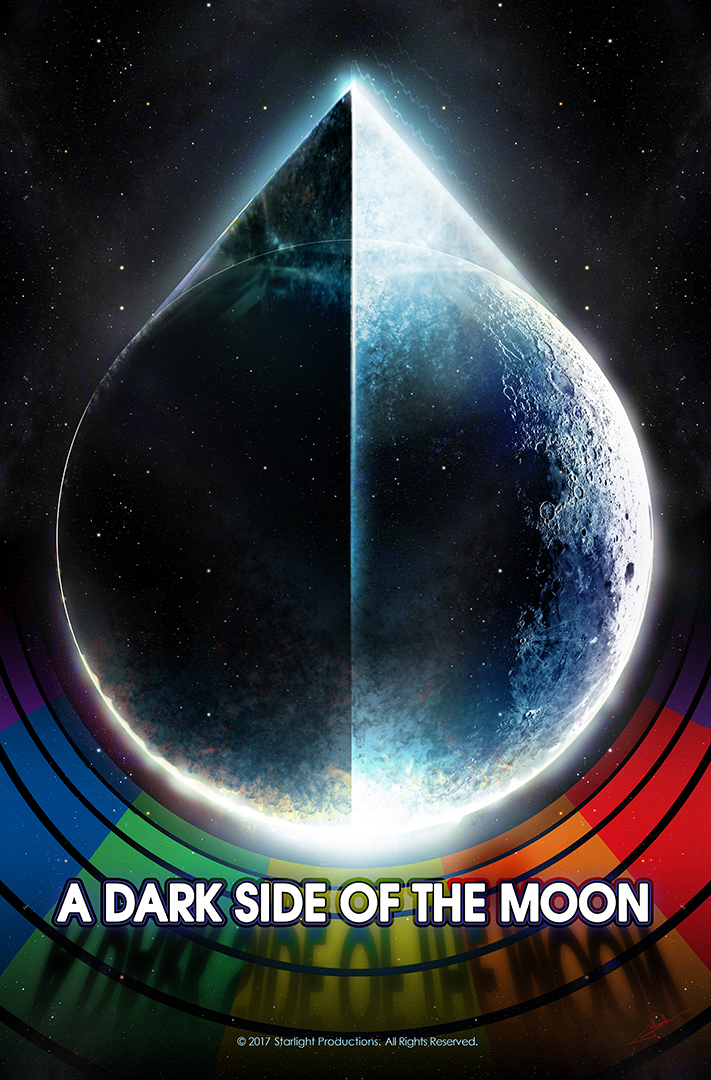
DARK SIDE OF THE MOON
The sounds of Pink Floyd’s albums ring in the dome again. Enjoy this fulldome show on the first Friday of each month at 9 pm starting in May. Look out for additional showings, including on Saturday, July 26, at 6 pm! These aren’t for people with motion sickness. Tickets are $12 for everyone.